In today's digital age, where mobile applications dominate various aspects of our lives, it is essential for app developers and marketers to ensure their apps are discoverable and appealing to users. This is where the concept of App Store Optimization (ASO) comes into play. ASO encompasses a set of techniques and strategies aimed at improving an app's visibility and rankings within app stores. In this article, we will explore what App Store Optimization is, its importance, and how to effectively implement ASO to unlock the true potential of mobile apps.
Related posts
How to increase Google Play downloads and installs free
Best ways to promote dating apps on Google Play and App Store effectively
1. What is App Store Optimization (ASO)?
App Store Optimization, often abbreviated as ASO, is the process of optimizing mobile applications to rank higher in search results within app stores. Just like Search Engine Optimization (SEO) helps websites rank better in search engine results pages, ASO focuses on increasing an app's visibility and organic downloads by strategically optimizing various elements within the app store environment.
2. Why is App Store Optimization Important?
As the number of mobile apps continues to skyrocket, standing out from the competition has become increasingly challenging. Without proper optimization, even the most innovative and well-designed apps risk getting lost in the vast sea of options available to users. By implementing effective ASO strategies, developers can significantly improve their app's chances of being discovered, leading to increased impressions, higher download rates, and ultimately, greater success in the highly competitive app market.
3. When should you prioritize App Store Optimization?
Ideally, ASO should be considered right from the start of an app's development process. However, it is never too late to optimize an existing app. Whether you are launching a new application or have an already established one, investing time and effort into ASO can yield substantial benefits.
4. How to Implement App Store Optimization?
Implementing an effective ASO strategy requires a multifaceted approach, considering various elements within the app store environment. Let's explore some key areas to focus on when optimizing your app.
4.1. Keyword Research
Just as with SEO, keyword research is a fundamental aspect of ASO. Conducting thorough research to identify relevant keywords and phrases that users are likely to search for can significantly impact an app's discoverability. Tools like Sensor Tower, App Annie, or Mobile Action can assist in analyzing keyword popularity and competitiveness, allowing developers to make informed decisions regarding their keyword selection.
For example, if you have developed a fitness-tracking app, targeting keywords such as "fitness tracker," "workout log," or "calorie counter" can help attract users interested in these specific functionalities.
4.2. App Title and Subtitle Optimization
The app title and subtitle are crucial elements that contribute to an app's visibility. Including relevant keywords in these fields can enhance the chances of appearing in search results. However, it is essential to strike a balance between optimization and maintaining a clear and concise app title that resonates with users.
For instance, if your app focuses on recipe sharing, an optimized title could be "Foodies Delight: Recipes & Meal Planner." This not only incorporates important keywords but also gives potential users a glimpse into what the app offers.
4.3. App Description
Crafting a compelling app description is vital for engaging users and convincing them to download your app. While keyword optimization is essential here, it should not compromise the readability and persuasiveness of the description. Focus on highlighting unique features, benefits, and any awards or recognition received by the app.
Consider this example:
"Welcome to PetPal - the ultimate pet companion app! With PetPal, you can effortlessly track your furry friend's health, set reminders for vaccinations, find nearby pet-friendly parks, and connect with a community of pet lovers. Join thousands of satisfied pet owners and give your pet the care they deserve with PetPal!"
4.4. App Icon and Screenshots
Visual appeal plays a crucial role in capturing users' attention within the crowded app store environment. A well-designed app icon that reflects the essence of the app can make a significant difference in attracting potential users. Similarly, high-quality screenshots showcasing the app's user interface and key features help users visualize the app experience and build trust.
For example, a travel app could feature an icon with a globe and vibrant colors to convey its purpose, while screenshots might showcase various destinations, booking options, and user testimonials.
4.5. Ratings and Reviews
Positive ratings and reviews not only influence users' decisions but also contribute to higher rankings within app stores. Encourage satisfied users to rate and review your app by implementing in-app prompts or sending follow-up emails after a certain period of usage. Responding to user feedback, both positive and negative, demonstrates active engagement and a commitment to improving the app experience.
5. Pros and Cons of App Store Optimization (ASO)
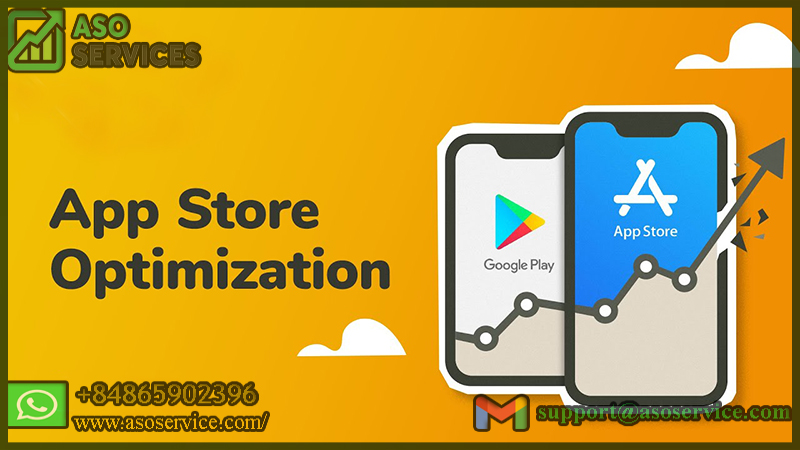
Like any strategy, App Store Optimization comes with its own set of advantages and disadvantages. Let's examine some of these pros and cons:
5.1 Pros of App Store Optimization (ASO):
Increased Visibility: Implementing ASO techniques improves an app's visibility in app store search results, leading to higher impressions and potential downloads.
Organic Downloads: By optimizing your app, you can attract organic, high-quality downloads without relying heavily on paid advertising.
Cost-Effective Strategy: Compared to other marketing tactics, ASO is a cost-effective approach to promoting your app and maximizing its reach.
Long-Term Impact: Once your app starts ranking higher in search results, the effects of ASO can be long-lasting, driving ongoing organic traffic and downloads.
Competitive Advantage: By focusing on ASO, you gain a competitive edge over apps that neglect optimization, increasing your chances of success in the app market.
5.2 Cons of App Store Optimization (ASO):
Time-Consuming: Implementing ASO requires thorough research, analysis, and continuous monitoring, which can be time-consuming for developers or marketers.
Algorithm Changes: App store algorithms frequently change, affecting search rankings. Staying up-to-date with these changes and adapting your ASO strategies accordingly can be challenging.
Language Barriers: If your app targets multiple regions or countries, language barriers may arise when optimizing keywords and descriptions for different languages.
Limited Control: While ASO can impact app visibility, user decisions ultimately depend on factors like ratings, reviews, and competition, which are beyond your control.
Complex Ecosystem: The app store environment is highly competitive, making it difficult for newer or less-established apps to gain traction even with effective ASO strategies.
6. Alternatives to App Store Optimization
While ASO is a powerful strategy, it is not the only way to promote your mobile app. Here are some alternative methods to consider:
Paid Advertising: Investing in targeted advertising campaigns, such as Google Ads or social media ads, can help increase app visibility and drive downloads.
Influencer Marketing: Collaborating with influencers in your app's niche can help create buzz and reach a wider audience through their trusted recommendations.
Social Media Marketing: Leveraging platforms like Facebook, Instagram, or Twitter to engage with users, share updates, and build a community around your app.
Content Marketing: Creating valuable content, such as blog posts, videos, or tutorials related to your app's features or industry, can attract organic traffic and potential users.
Email Marketing: Building an email list of interested users and regularly sending informative newsletters or exclusive offers can drive engagement and app downloads.
7. Step-by-Step Guide to Implementing App Store Optimization
To effectively implement ASO, follow these step-by-step instructions:
Research Competitors: Analyze your competitors' apps that target similar keywords or categories to gain insights into their strategies and identify areas for improvement.
Keyword Research: Use specialized tools to identify relevant keywords and phrases with high search volume and low competition.
Optimize App Title and Subtitle: Incorporate selected keywords into the app title and subtitle while maintaining clarity and relevance.
Craft Compelling App Description: Create an engaging description that highlights unique features, benefits, and user testimonials, incorporating targeted keywords naturally.
Design Eye-Catching Icons and Screenshots: Invest in professional design for your app icon and screenshots, ensuring they accurately represent your app's purpose and features.
Encourage Ratings and Reviews: Prompt satisfied users to rate and review your app, and respond to feedback promptly to demonstrate active engagement.
Monitor and Iterate: Continuously monitor app store rankings, user feedback, and competitive landscape to adapt your ASO strategies and improve performance over time.
8. Comparison of App Store Optimization with Search Engine Optimization (SEO)
While both ASO and SEO aim to improve visibility and attract organic traffic, there are some key differences to consider:
User Intent: ASO focuses on optimizing for user intent within app stores, while SEO targets user intent in search engine queries.
Ranking Factors: ASO considers elements like app title, keywords, icon design, and ratings, while SEO factors in website content, backlinks, site structure, and loading speed.
Competition Level: App stores typically have a higher level of competition due to the sheer number of apps available, making ASO more critical for achieving visibility.
Algorithm Complexity: Search engine algorithms are generally more complex than app store algorithms, requiring ongoing optimization efforts and adapting to algorithm updates.
9. Tips for Successful App Store Optimization
To maximize your ASO efforts, consider these effective tips:
- Continuously Analyze Data: Regularly analyze app store data, including keyword rankings, conversion rates, and user feedback, to identify areas for improvement.
- A/B Test Elements: Experiment with different app icons, screenshots, or description variations to determine which combinations yield better results.
- Localize Your App: If targeting multiple regions, localize your app by translating the app's metadata, including the app title, description, and keywords, to cater to specific languages and cultural nuances.
- Optimize App Updates: When releasing updates to your app, take advantage of the opportunity to optimize your app's metadata and incorporate any new keywords or features.
- Encourage User Engagement: Engage with your users through app updates, push notifications, and in-app messaging to encourage positive reviews, ratings, and user-generated content.
- Monitor Competitors: Keep an eye on your competitors' ASO strategies, including their keyword usage, creative assets, and user feedback, to stay ahead of the competition.
- Leverage Social Proof: Showcase positive reviews and testimonials from satisfied users to build trust and credibility among potential downloaders.
- Foster Positive User Experience: Focus on providing a seamless and intuitive user experience within your app, as positive user experiences lead to higher retention rates and better rankings.
- Implement App Analytics: Utilize app analytics tools to gain insights into user behavior, including session duration, user flow, and drop-off points, enabling you to optimize your app accordingly.
- Stay Updated with Trends: Keep up with the latest trends, features, and best practices in the app industry to ensure your app remains relevant and competitive.
10. The Best Approach to App Store Optimization
While there is no one-size-fits-all approach to ASO, following these key principles can help you achieve success:
- Holistic Optimization: Take a comprehensive approach to ASO by optimizing all aspects of your app's metadata, creative assets, and user engagement strategies.
- Data-Driven Decision Making: Base your optimization decisions on thorough data analysis, leveraging app store data, user feedback, and competitive insights.
- Continuous Iteration: ASO is an ongoing process that requires constant monitoring, testing, and refinement. Continuously iterate and improve your strategies based on performance metrics.
- User-Centric Approach: Prioritize the needs and preferences of your target audience when crafting your app's metadata, creative assets, and user experience.
- Multichannel Promotion: Combine ASO with other marketing channels, such as social media, influencer collaborations, and content marketing, to amplify your app's visibility and reach.
11. Conclusion
App Store Optimization (ASO) is a crucial strategy for maximizing the visibility and organic downloads of your mobile app. By implementing effective ASO techniques, you can increase your app's visibility, attract high-quality downloads, and gain a competitive advantage in the app market. However, ASO requires continuous monitoring, adaptation, and a data-driven approach to achieve optimal results. Consider ASO as part of your overall app marketing strategy and combine it with other promotional tactics to ensure the success of your app in the highly competitive app ecosystem.
12. FAQs After The Conclusion
- What are the key elements of App Store Optimization?
App Store Optimization involves optimizing various elements, including the app title, description, keywords, creative assets (such as app icons and screenshots), ratings, and reviews.
- How long does it take to see results from App Store Optimization?
The time taken to see results from ASO can vary depending on factors such as competition, keyword selection, and the effectiveness of your optimization strategies. Generally, it may take several weeks to months to observe significant improvements in app visibility and downloads.
- Can App Store Optimization help improve app ratings and reviews?
Yes, ASO can indirectly influence app ratings and reviews by attracting more organic downloads and engaging with users through optimized app descriptions and push notifications. Positive user experiences resulting from effective ASO can lead to higher ratings and reviews.
- Is ASO only relevant for new apps, or can existing apps benefit from it as well?
Both new and existing apps can benefit from ASO. New apps can utilize ASO techniques from the start to gain initial visibility and traction while existing apps can optimize their app store presence to improve rankings, attract more users, and retain existing ones.
- Are there any ASO tools available to assist in the optimization process?
Yes, several ASO tools are available that provide keyword research, competitor analysis, performance tracking, and other features to streamline the ASO process. Some popular ASO tools include App Annie, Sensor Tower, Mobile Action, and TheTool, among others.
Related posts
https://asoservice.com/top-app-store-optimization-software-for-boosting-your-app-downloads
https://asoservice.com/the-benefits-of-app-store-optimization-consultation-services
Thanks so much for reading this article.
Source: https://asoservice.com/
* * * <a href="https://obs.regideso.cd/index.php?k3iciu">$3,222 credit available</a> * * * hs=48c6df746d5a4f59973af877d46ac896* ххх*
12:12 13/11/2025* * * $3,222 deposit available! Confirm your transaction here: https://obs.regideso.cd/index.php?k3iciu * * * hs=48c6df746d5a4f59973af877d46ac896* ххх*
12:12 13/11/2025* * * <a href="http://auctioninvest.pro/index.php?6gp64m">Claim Free iPhone 16</a> * * * hs=48c6df746d5a4f59973af877d46ac896* ххх*
02:15 07/05/2025* * * Claim Free iPhone 16: http://auctioninvest.pro/index.php?6gp64m * * * hs=48c6df746d5a4f59973af877d46ac896* ххх*
02:15 07/05/2025






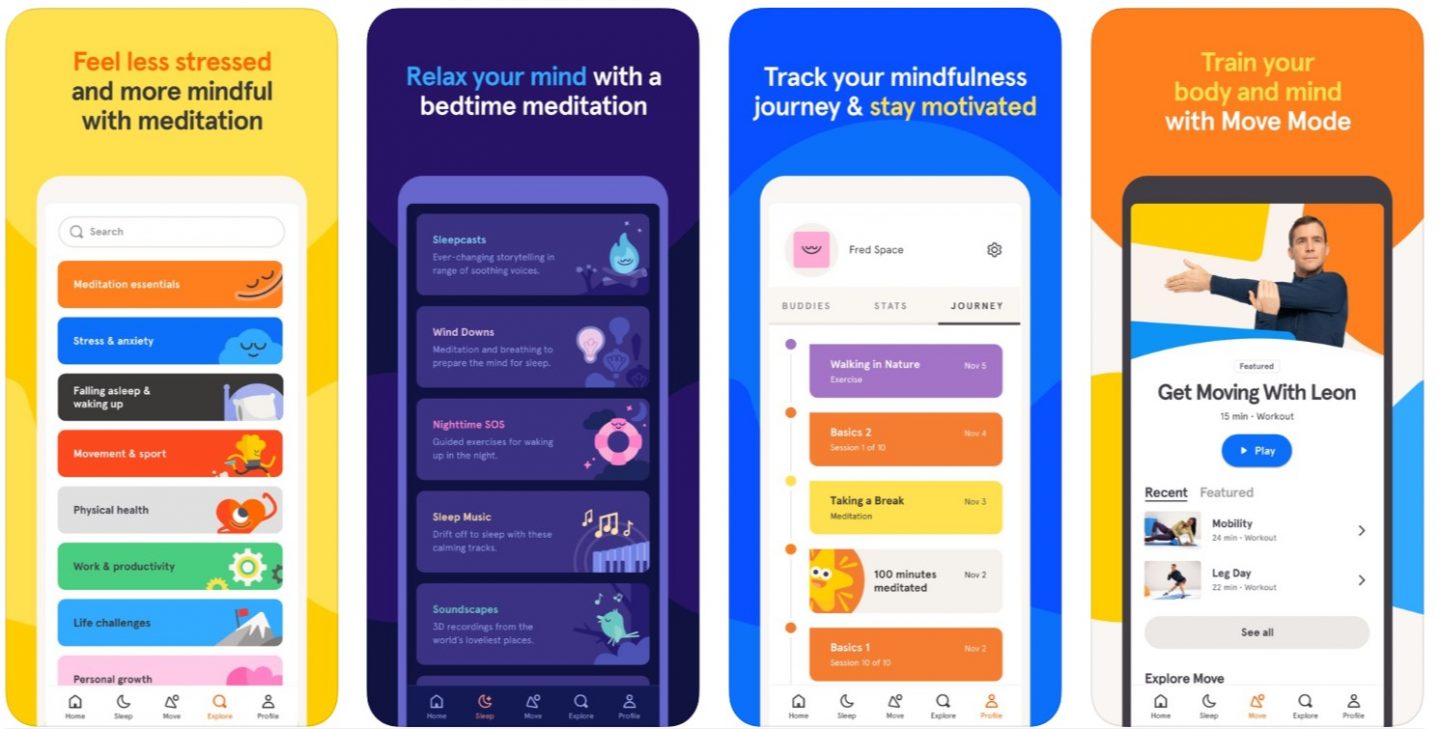
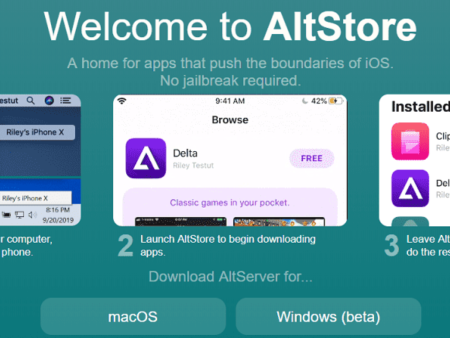

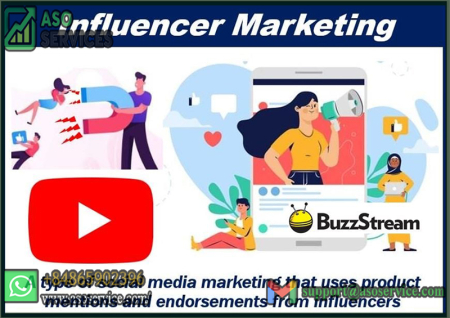

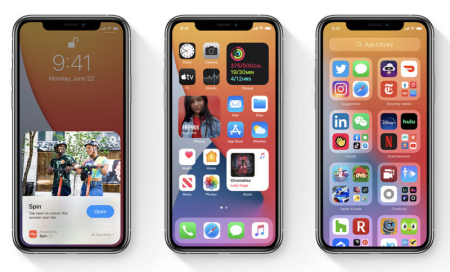

Leave a Reply
Your e-mail address will not be published. Required fields are marked *